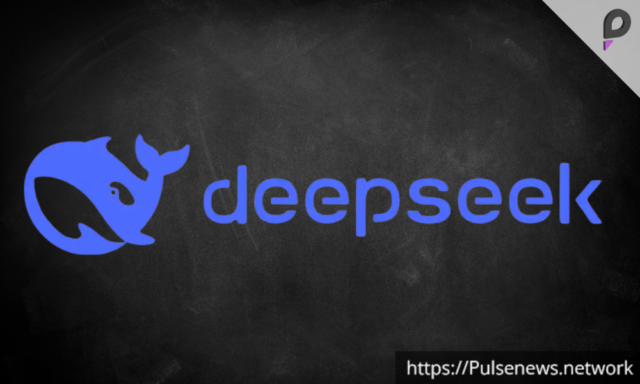Beijing: Chinese startup DeepSeek is making waves in the AI sector. Its latest AI models, which rival or surpass U.S. industry leaders, are being offered at a fraction of the cost. This innovation is challenging the global AI landscape, raising questions about the value of high-cost investments by leading tech companies.
DeepSeek has drawn global attention, especially after publishing a research paper revealing that training its DeepSeek-V3 model required less than $6 million in computing power, using Nvidia H800 chips. This achievement contrasts sharply with the billions invested by U.S. companies in AI development.
DeepSeek’s flagship AI Assistant, powered by DeepSeek-V3, has already surpassed ChatGPT as the top-rated free app on Apple’s U.S. App Store. As a result, shares of major tech companies, including Nvidia, have been impacted, and the AI world is taking notice.
Why Is DeepSeek Causing a Stir?
The launch of OpenAI’s ChatGPT in late 2022 set off a race among Chinese tech companies to develop competitive AI models. However, the initial offerings from Chinese firms, such as Baidu’s chatbot, failed to meet expectations.
DeepSeek has changed this narrative. The company claims its AI models—DeepSeek-V3 and the recently launched DeepSeek-R1—are on par with advanced models from OpenAI and Meta. These models not only deliver high-quality results but are also significantly more cost-efficient.
- Cost Advantage:
DeepSeek-R1 is reportedly 20 to 50 times cheaper to operate than OpenAI’s top models, depending on the task. This positions DeepSeek as a more affordable option for businesses and developers.
- Global Recognition:
Silicon Valley executives and engineers have praised DeepSeek’s capabilities, further validating its potential to disrupt the AI sector.
Skepticism Surrounding DeepSeek
Despite its achievements, DeepSeek has faced scrutiny and skepticism:
- Alleged Use of Restricted Technology:
Scale AI CEO Alexandr Wang alleged that DeepSeek possesses 50,000 Nvidia H100 chips, which may violate U.S. export controls. These controls prohibit the sale of advanced AI chips to Chinese companies. However, no concrete evidence has been provided to substantiate these claims, and DeepSeek has yet to comment.
- Unclear Training Costs:
DeepSeek claims it spent only $5.58 million on computing power for training its V3 model. However, Bernstein analysts have suggested the true costs could be much higher, though exact figures remain undisclosed. The costs for training the acclaimed R1 model have also not been revealed.
DeepSeek’s Impact on the AI Industry
DeepSeek’s success story highlights the evolving dynamics of the AI sector:
- Shifting Power Dynamics:
The company’s advancements challenge the dominance of U.S. firms like OpenAI, Meta, and Nvidia, which have traditionally led the AI market.
- Cost-Effectiveness as a Game Changer:
DeepSeek’s ability to produce high-performing AI models at lower costs has set a new benchmark for the industry.
- Rising Competition:
DeepSeek joins a growing list of Chinese firms gaining ground in AI, signaling a shift in the global technology landscape.
Conclusion
DeepSeek’s innovations are shaking up the AI Industry, challenging long-held assumptions about cost and quality in AI development. By offering competitive models at a fraction of the cost, DeepSeek is positioning itself as a global AI powerhouse.
However, its rise is not without controversy. Allegations about the use of restricted technology and undisclosed costs have raised questions about its practices.
As DeepSeek continues to disrupt the AI landscape, it underscores the importance of innovation, affordability, and transparency in shaping the future of artificial intelligence.











